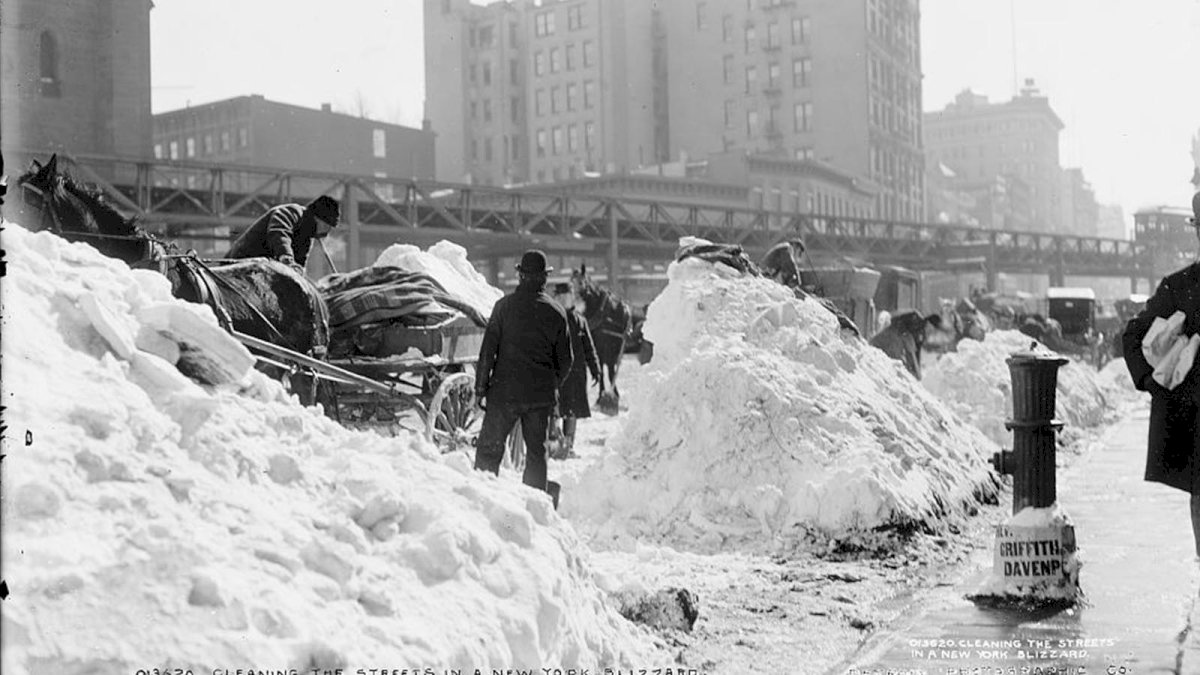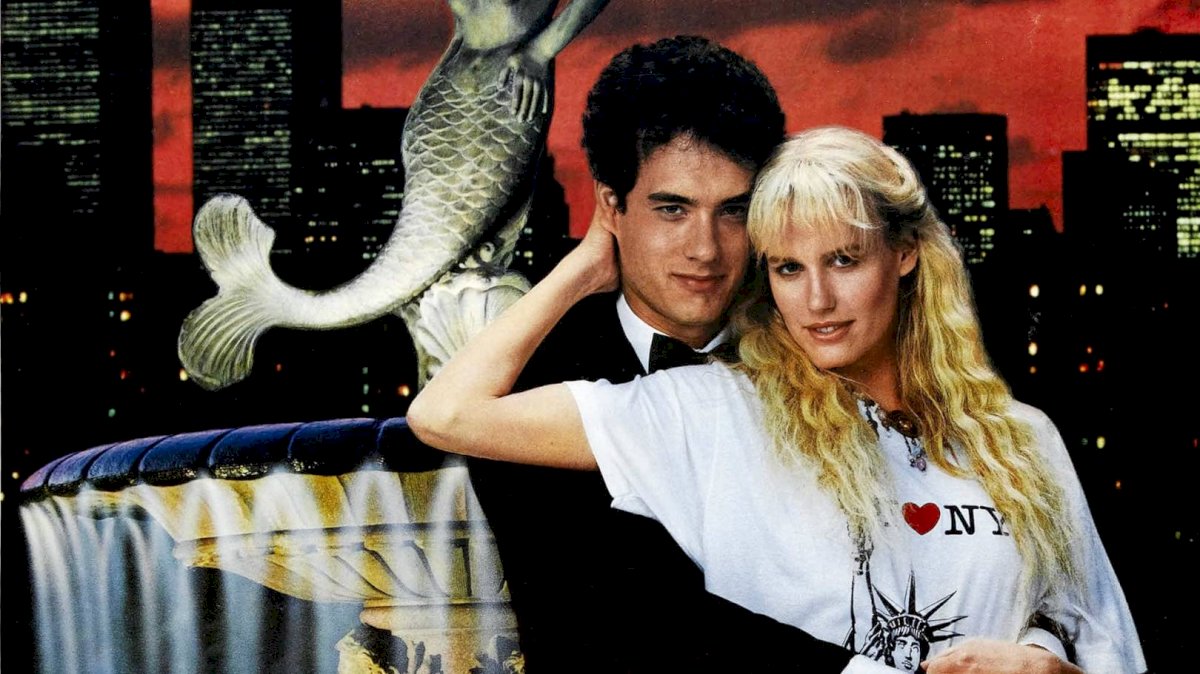In early 1963, Jacqueline Kennedy, the First Lady of the United States, took a trip to Palm Beach, Florida, with her young son, John F. Kennedy Jr. This visit, which took place in the midst of her husband President John F. Kennedy’s administration, provided a glimpse into the private life of one of America’s most admired families. The trip to Palm Beach was a period of relaxation and joy, juxtaposed against the backdrop of a tumultuous and demanding presidency.

The Kennedy family had a long-standing connection with Palm Beach, having purchased a winter estate there in 1933. Known as the Kennedy Compound, the oceanfront property served as a refuge for the family, offering a warm escape from the harsh New England winters.
Palm Beach became a gathering place for the Kennedys, where they could relax and spend quality time together away from the public eye.

For Jacqueline Kennedy, Palm Beach offered a chance to unwind and enjoy some privacy with her children, especially John Jr., who was born just two years earlier in November 1960.
As First Lady, Jacqueline was constantly in the public eye, her every move scrutinized by the media and the public. The trip to Palm Beach allowed her to step back from her official duties and focus on her family.

In Palm Beach, Jacqueline Kennedy and John Jr. were often photographed enjoying the sun and sand. These images captured intimate moments of a mother and her child, portraying Jacqueline not just as the First Lady but as a devoted mother.
She was seen playing on the beach with John Jr., building sandcastles, and strolling along the shore. These moments provided a stark contrast to the often-formal public appearances required by her role.

John Jr., affectionately known as "John-John," quickly became a favorite of the American public. His playful demeanor and innocent charm were evident in the photographs taken during the Palm Beach visit.
The images of him laughing and playing with his mother helped humanize the Kennedy family, showing a softer side that resonated with many Americans.
As First Lady, Jacqueline Kennedy was renowned for her style, grace, and dedication to the arts and culture. She transformed the White House into a symbol of American heritage, overseeing an extensive restoration project and hosting cultural events that brought artists and intellectuals to the forefront.

Her focus on preserving history and promoting the arts left a lasting legacy that continues to be celebrated.
Despite her public responsibilities, Jacqueline remained deeply committed to her family. Her ability to balance her roles as a mother and First Lady endeared her to the American public. The Palm Beach trip illustrated her dedication to creating a nurturing environment for her children, even amidst the pressures of political life.
The Kennedys were often regarded as America’s unofficial royal family, and their time in the White House was dubbed "Camelot" by the media.

This image was partly due to Jacqueline’s influence, as she brought a sense of elegance and sophistication to the presidency. Her efforts to promote American culture and history helped redefine the role of the First Lady, making it an integral part of the national identity.
The Kennedy family’s presence in Palm Beach also had a broader cultural impact. Their visits drew attention to the area, making it a fashionable destination for the elite. The Kennedy Compound became a symbol of glamour and influence, attracting visitors and media interest.

The year 1963 was significant for the Kennedy family. It was a time of both personal and political challenges. In August of that year, Jacqueline gave birth to a son, Patrick Bouvier Kennedy, who tragically died two days later.
This devastating loss deeply affected the family, highlighting the intense personal struggles they faced even as they navigated the demands of public life.

The Palm Beach trip earlier in the year, therefore, stands out as a moment of relative peace and happiness.
It was a time when Jacqueline could cherish moments with John Jr. and create lasting memories amid the pressures of the presidency.

The images of Jacqueline Kennedy and John Jr. in Palm Beach in 1963 continue to resonate as symbols of an era marked by both hope and tragedy.
They capture a fleeting moment of innocence and joy in the lives of a family that would soon face unimaginable loss with the assassination of President Kennedy in November of that year.

Jacqueline’s ability to maintain her poise and dignity during such turbulent times left an indelible mark on the American psyche.
Her dedication to her family and her country continues to inspire generations, serving as a testament to her strength and resilience.

The visit to Palm Beach in 1963 remains a poignant chapter in the story of Jacqueline Kennedy and her family. It offers a window into the private life of a public figure who navigated the complexities of her role with grace and compassion.
The moments captured during this trip reflect the enduring legacy of the Kennedy family and their impact on the nation.



